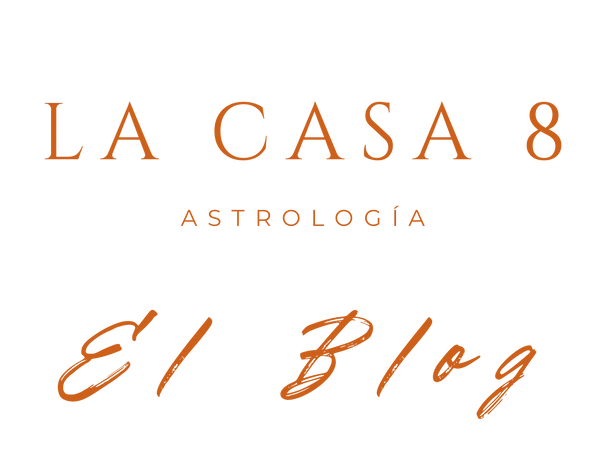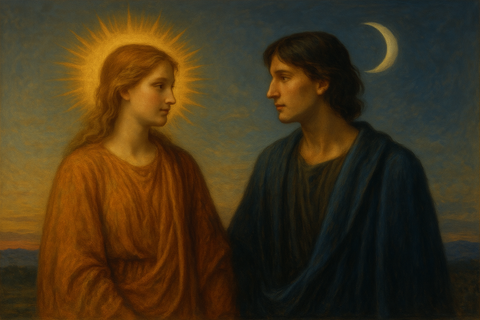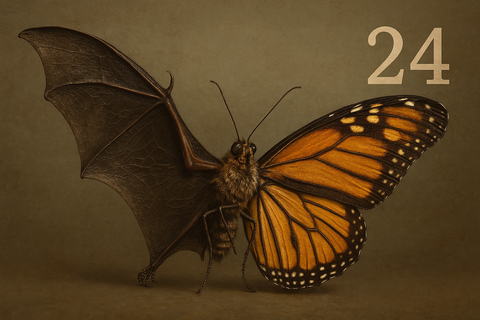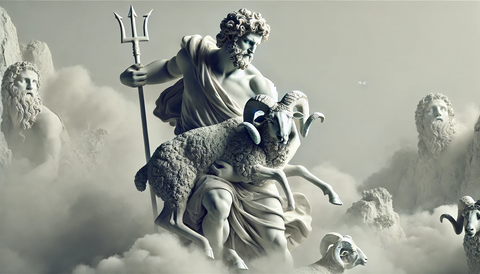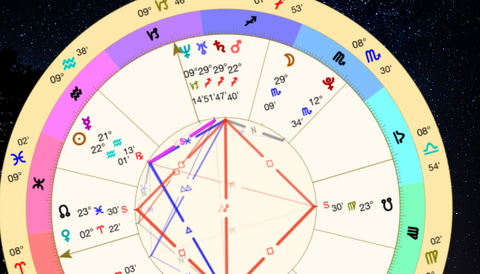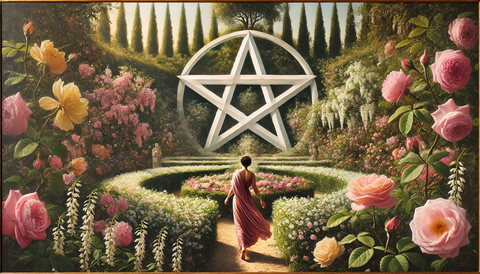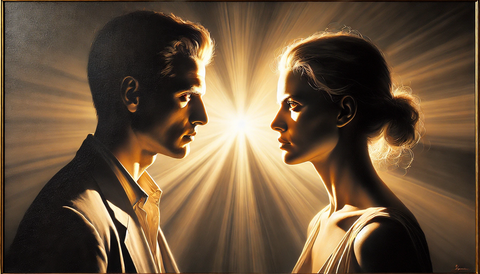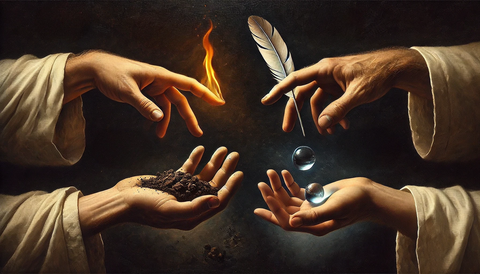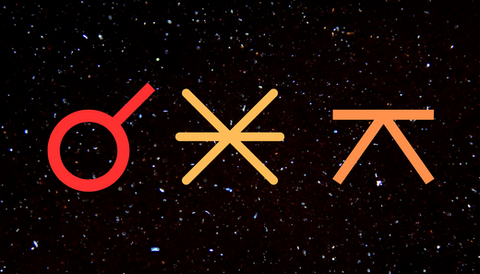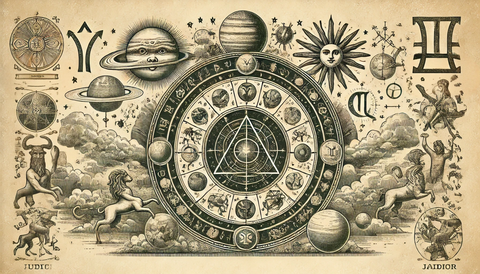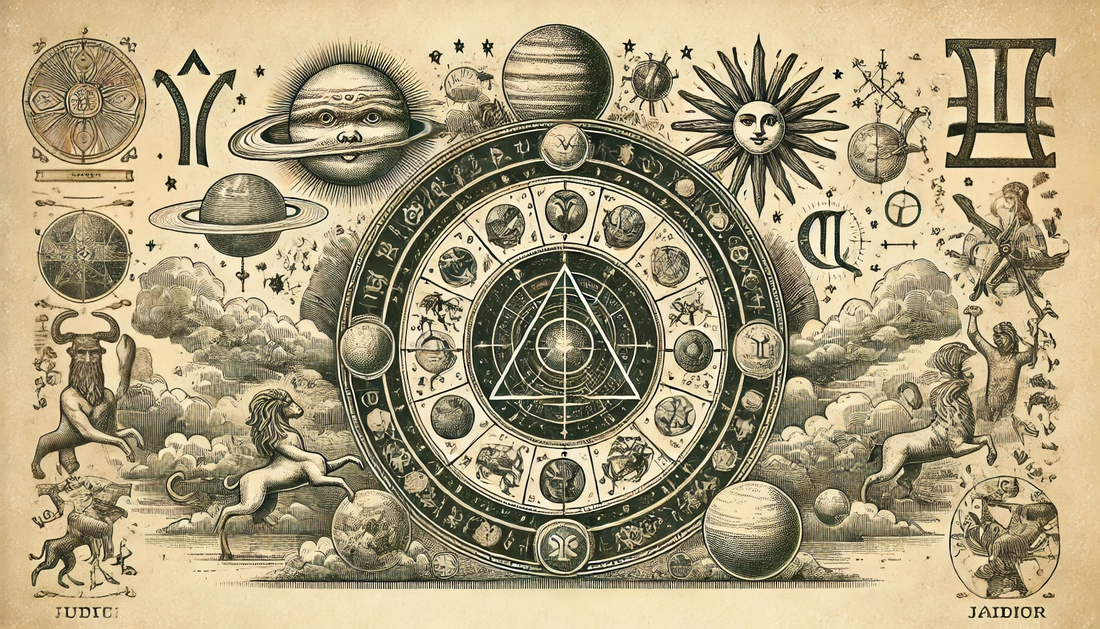
Glossary of Basic Astrology Terms
Do you want to start learning about astrology but feel overwhelmed by the amount of new information and concepts? This glossary is designed to introduce you to the essential terms of this fascinating “language.” It is a clear and simple starting point for you to understand the basics of astrology and take your first steps with confidence. 1. Archetype A universal symbol that represents specific patterns of behavior or energies. Signs, planets, and houses in astrology function as archetypes that reflect human characteristics and experiences. 2. Ascendant The zodiac sign...
Create your account to read the full article.
